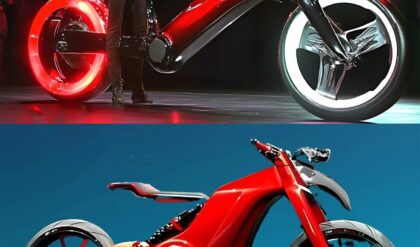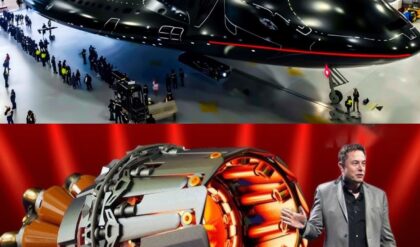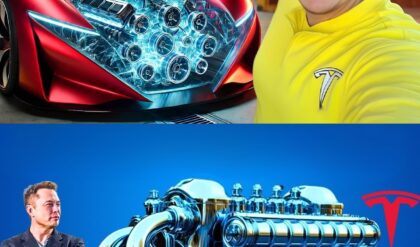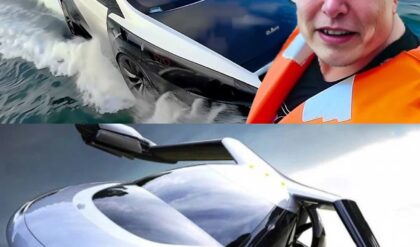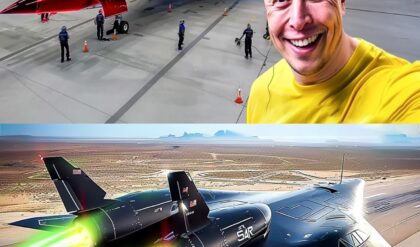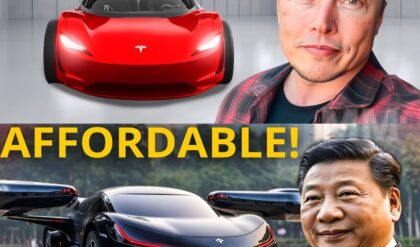Tesla CEO Elon Musk has once again redefined what we believe is possible, unveiling a groundbreaking innovation—the Tesla Flying Car. Known for pushing the boundaries of technology and envisioning a sustainable future, Musk’s latest announcement promises to revolutionize not only electric vehicles but the entire concept of mobility. This ambitious project signifies a new era in transportation, merging Tesla’s electric technology with aviation, and leaving traditional automakers like GM, Ford, and other competitors struggling to keep pace.
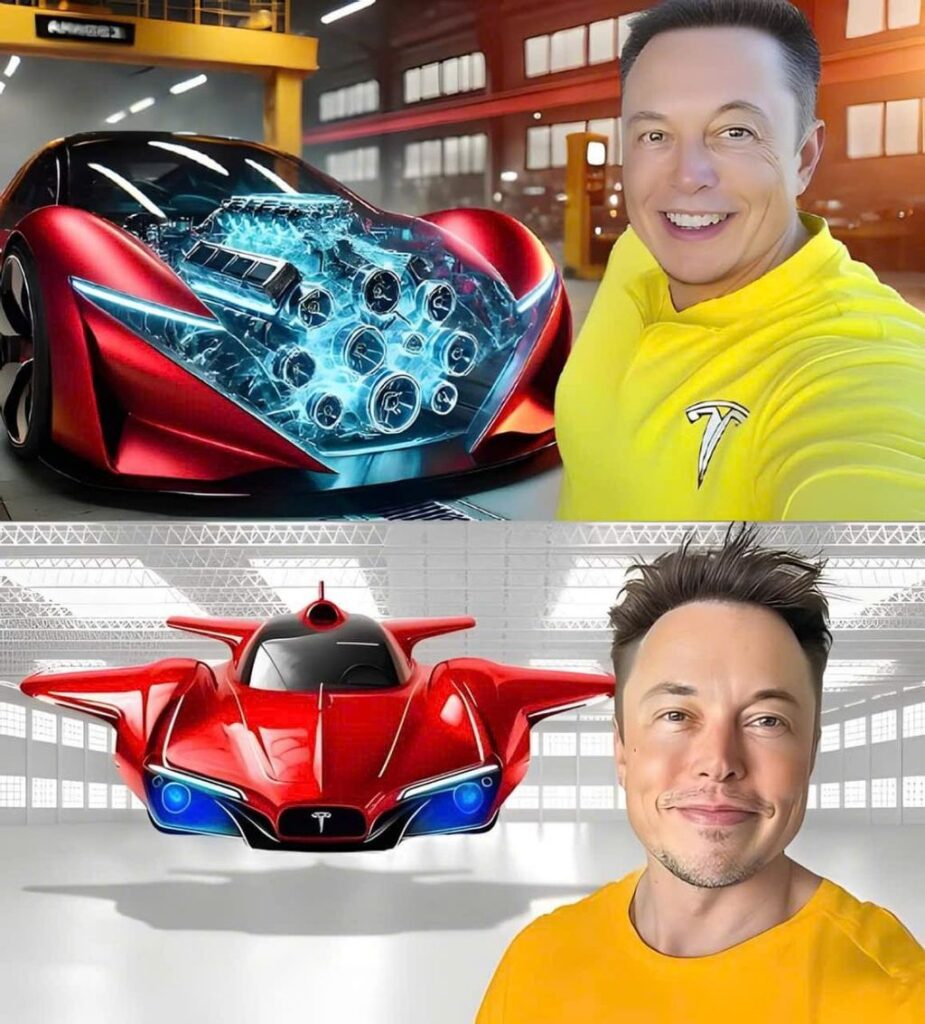
Tesla Flying Car: Redefining the Future of Mobility
The Tesla Flying Car is expected to combine advanced electric propulsion with vertical takeoff and landing (VTOL) capabilities, making it versatile for both urban and suburban travel. Unlike traditional vehicles that rely on roads, Tesla’s flying car has the potential to bypass traffic, offering a faster and more flexible mode of transport. Designed to meet the challenges of crowded cities and the desire for speed and convenience, this flying car could significantly reduce travel time, opening new possibilities for urban planning and daily commutes.
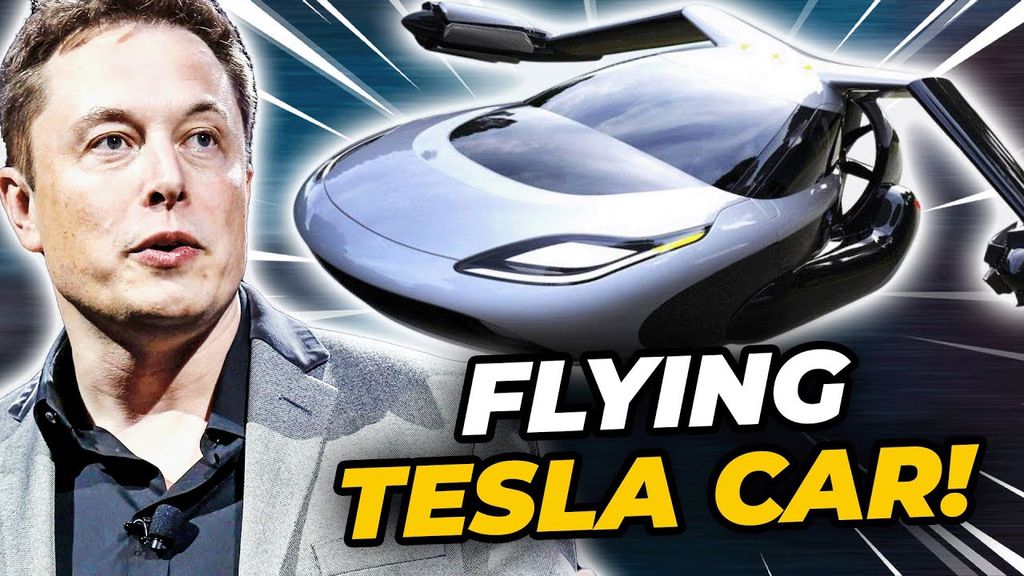
Key Features of Tesla’s Flying Car
While specific details are still emerging, here’s what industry experts and Tesla enthusiasts anticipate from Musk’s latest innovation:
-
Electric Propulsion System: The Tesla Flying Car is expected to leverage Tesla’s industry-leading electric battery technology, delivering high power output needed for short flights. With this electric propulsion system, the vehicle can achieve quieter operation and reduced emissions compared to conventional flying vehicles.
VTOL Capabilities: Equipped with vertical takeoff and landing (VTOL) technology, Tesla’s flying car will be able to lift off from small spaces, making it ideal for urban areas without requiring long runways. VTOL enables greater accessibility, allowing the flying car to be operated in densely populated cities and remote areas alike.
Autonomous Navigation: Tesla’s flying car is anticipated to include an advanced form of Tesla’s Autopilot and Full Self-Driving (FSD) software, allowing it to navigate autonomously in the air. With Musk’s emphasis on safety and precision, the vehicle could potentially be capable of autonomous flight, making it easier and safer for individuals to travel without requiring a pilot’s license.
Sleek, Futuristic Design: Known for its cutting-edge designs, Tesla is likely to infuse the flying car with a sleek, aerodynamic body that minimizes drag and maximizes efficiency. This futuristic aesthetic is sure to appeal to enthusiasts and early adopters alike, distinguishing it from other emerging flying vehicles.
Environmentally Friendly and Sustainable: Like all Tesla products, the flying car is expected to emphasize sustainability, operating on electric power rather than traditional aviation fuel. This aligns with Musk’s long-standing mission to reduce carbon emissions and promote clean energy solutions, offering a green alternative to both traditional cars and planes.
Potential Impact on the Automotive and Aviation Industries
Tesla’s flying car represents a historic leap in mobility, blending automotive and aviation technologies in a way that could transform both industries. If Tesla can successfully bring this flying car to market, it will create a new category of vehicles that legacy automakers like GM and Ford, as well as EV competitors like Lucid Motors and Rivian, will struggle to compete with. Traditional automakers have largely focused on road-bound EVs, while Tesla’s move into air mobility signals a bold new direction that could place it at the forefront of both industries.
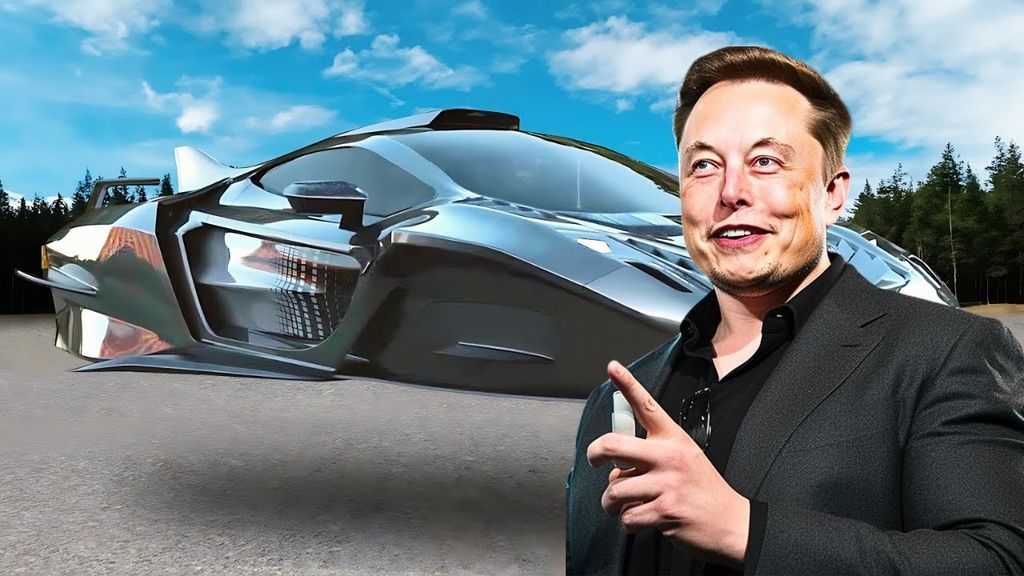
Tesla’s flying car could also stimulate the development of necessary infrastructure, such as urban landing pads and aerial traffic control systems, fostering new business opportunities and technological advances in urban planning. As Tesla leads the way, it could spark an ecosystem of innovation, from charging infrastructure to regulations for autonomous and aerial vehicles.
Addressing Challenges and Safety Concerns
Although Tesla’s flying car sounds promising, there are considerable regulatory, technological, and logistical challenges that Musk and Tesla will need to overcome. Ensuring safe autonomous flight in crowded urban environments requires precise sensors, reliable AI, and redundant safety features to prevent accidents. Additionally, Tesla will need to work with aviation regulators worldwide to develop air traffic systems that can accommodate flying vehicles, ensuring that they can operate safely without interfering with traditional air traffic.
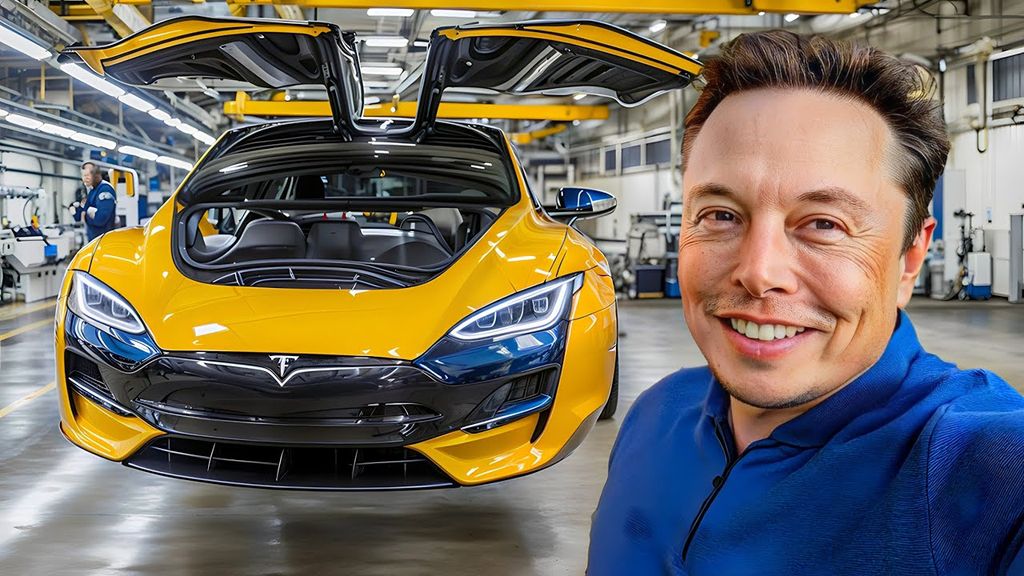
Musk has previously shown his commitment to safety across Tesla’s product lines, so it’s expected that Tesla will prioritize rigorous testing and work closely with aviation authorities to develop a regulatory framework. Overcoming these challenges will be crucial for the successful adoption of flying vehicles.
The Future of Mobility: Is Tesla’s Flying Car the Next Game-Changer?
With the potential to outperform competitors in both the automotive and aviation industries, Tesla’s flying car could mark a new era in personal and public transportation. While traditional automakers and new EV players like Rivian and Lucid Motors are making strides in ground-based electric vehicles, Tesla is once again pushing the limits, seeking to create a sustainable, flexible transportation option that reaches new heights—literally.
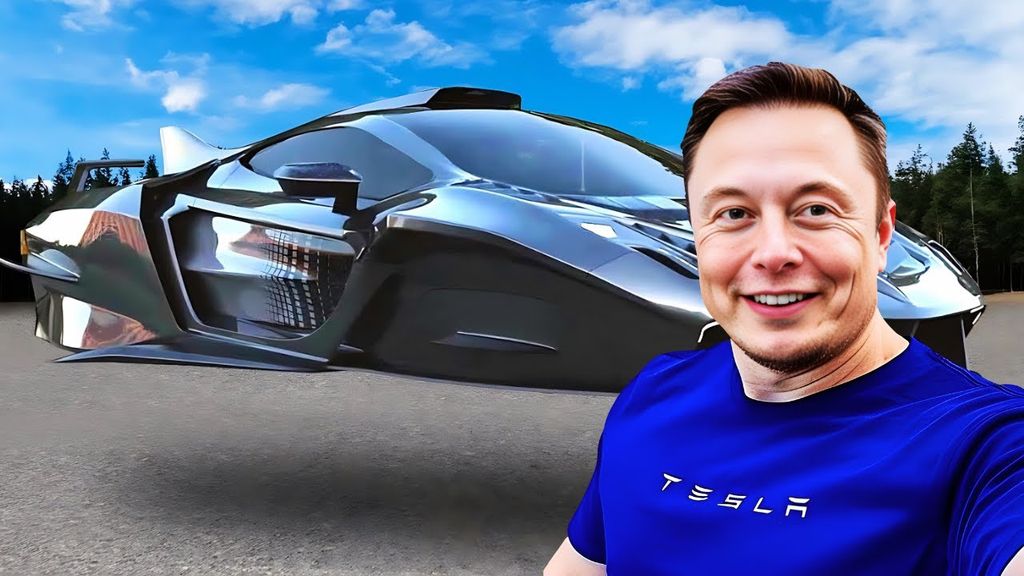
If Musk and Tesla can deliver on the promises of the flying car, it could redefine what mobility means in the 21st century, making travel faster, more efficient, and less dependent on traditional infrastructure. For now, the world watches in anticipation as Tesla continues to expand the boundaries of innovation, creating a future where personal vehicles might not just travel on roads, but soar above them.
